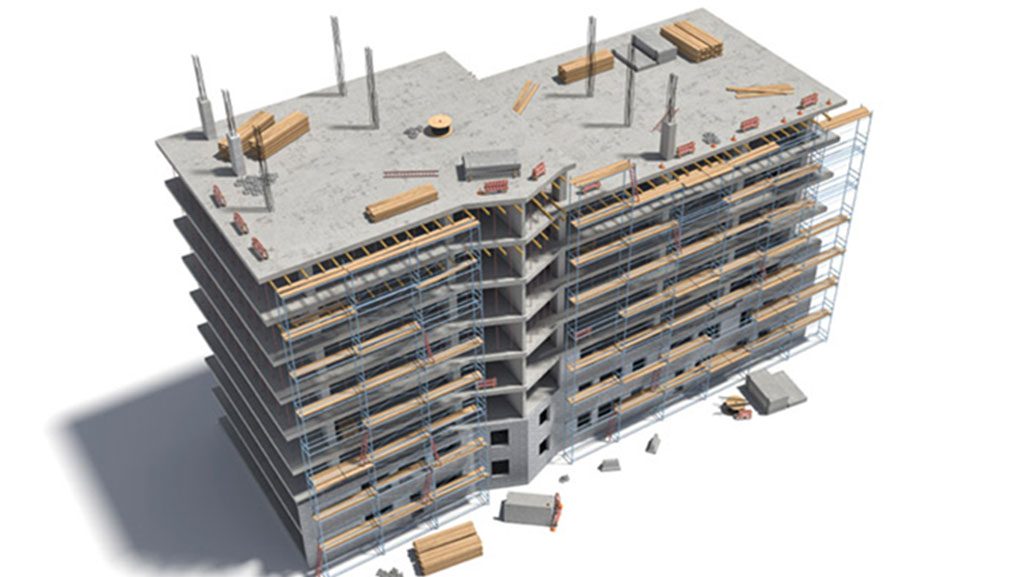A new report on the development approvals process in Ontario urges governments, regulators and developers to move quickly to adopt specific reforms to streamline the system in order to get more housing into the marketplace more quickly.
The need for significant upgrades to the system is urgent, said Residential Construction Council of Ontario (RESCON) president Richard Lyall in a statement, as the council released the report July 4.
Toronto was ranked 54th out of 190 jurisdictions in a World Bank report comparing the efficiency of approvals processes worldwide.
“We must do something about this ranking within the next three years: delays on this scale cost the Ontario government, industry and consumers billions of dollars,” said Lyall. “If this is not addressed, we will lose out on potential international investors.”
Michael de Lint, the author of Streamlining the Development and Building Approvals Process in Ontario: Good Practice Concepts and a Guide to Action, said in an interview the report moves the discussion on solutions beyond the theories contained in other recent papers.
“We go under the hood a little bit in terms of the mechanics and the steps to get there,” said de Lint.
“What we have added to that discussion, we have defined with the industry and regulators what a state-of-the-art system looks like. What does our end goal look like.”
The RESCON report says:
The provincial government should pass a Transparency Act with a transparency checklist reviewable by all, adding rigidity and coherence to such processes as site plan approvals, zoning applications and reviews of Official Plan conformity with the province’s 2017 Growth Plan;
Ontario should follow up on recommendations contained in the 2017 Development Approval Roundtable Action Plan to take the next steps towards electronic permitting; and
Municipalities should move towards a system in which components of development proposals are peer-reviewed by co-ordinated professionals such as architects and engineers before they are submitted, easing the workload on municipal planning staff, enabling them to work on other planning tasks, speeding up the process and providing greater process certainty.
“Eventually people get through the system but how many projects are not pursued because maybe they are infill projects that are a little more complicated and it’s not worth trying them out. That’s how you lose your housing supply,” said de Lint.
Planning efficiencies are an important recommendation in the reform process, he said. As it stands, de Lint explained, the Planning Act calls for site plan applications to be done in a month but it’s a deadline that is hardly ever followed. Zoning applications can take three years and his report recommends one year; and he recommends the deadline for municipalities to ensure Official Plan compliance with the Growth Plan be shortened to two years from five.
In that context, there must be streamlining to ensure applications for transit-oriented developments as envisaged by the Growth Plan are not unnecessarily held up, de Lint argued.
“What if developers want to do something that fully complies with the intent of the Growth Plan and the existing Official Plan,” he said. “We recommended to the province, provide some guidance on what developers can do as municipalities are updating their Official Plans with regards to defining the precise boundaries for these major transit station areas.
“We see this as part of the machinery of the planning system. We are not talking about what the policies are. Whatever they are, they should work in a way that developers can comply with them as quickly as possible.”
Ontario needs to move forward on an e-permitting pilot project, as recommended in the industry action plan published last year, de Lint said. The state-of-the-art process exists in Singapore and Finland, where e-permitting was a national directive.
“It connects all agencies together and BIM (Building Information Modeling), so planning departments can actually see buildings situated in relation to other buildings, and the builders can look at all the buildings and see how they interact. That is using a common platform and data transfer.”
Other recommendations that could take reforms to the next level would be the creation of working groups to integrate processes and the establishment of client agency checklists.
De Lint said the integration of teams of diverse professionals to undertake peer reviews before proposals are submitted to planning departments is supported by such bodies as the Professional Engineers Ontario and the Ontario Association of Architects.











Recent Comments